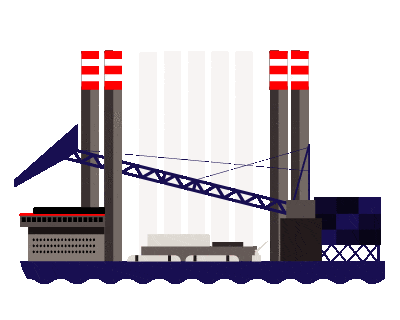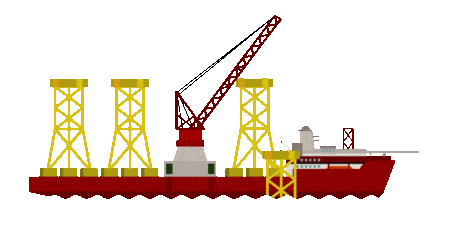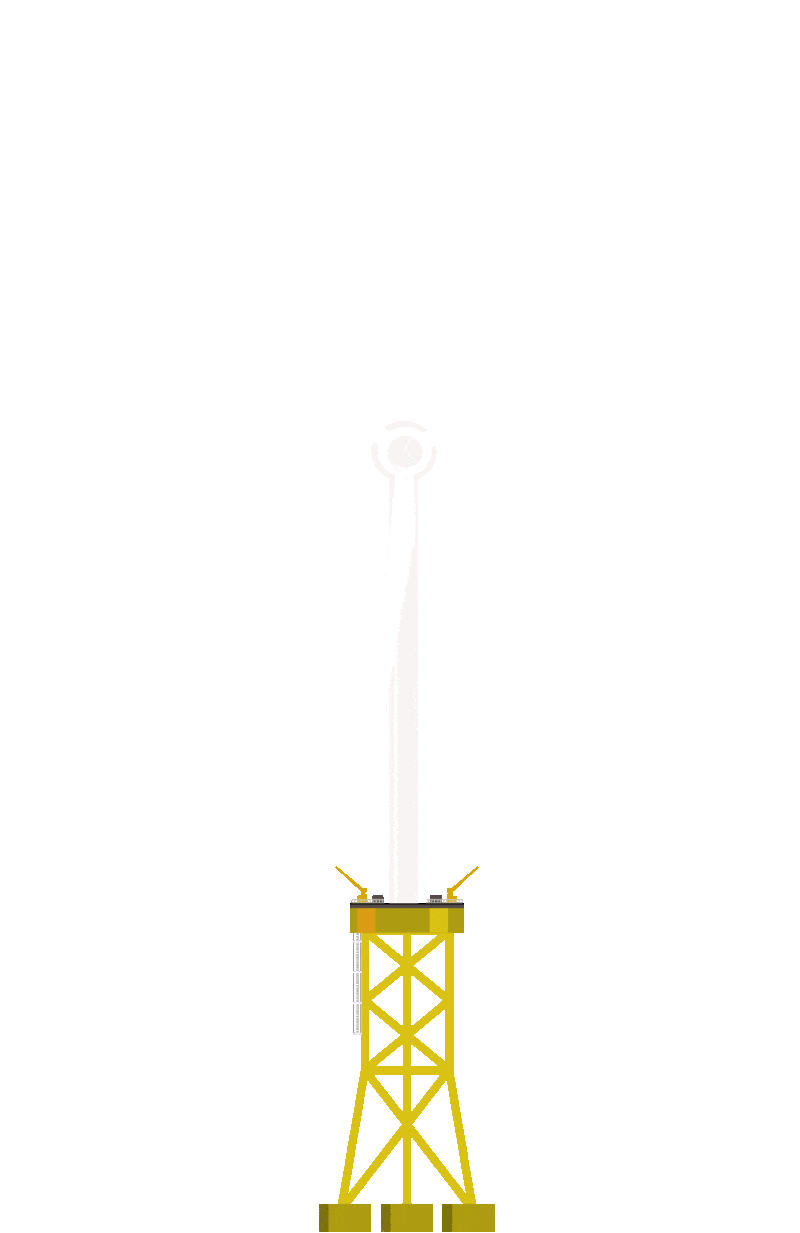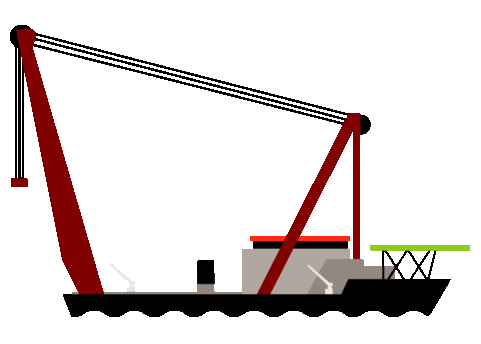Interactive guide
Supply chain map for UK offshore wind farms
Procurement structures
Wind farm costs
UK offshore wind history
UK content
Glossary
More information
Contact
Link to Guide to an offshore wind farm in PDF format
The aim of this guide is to help develop a greater understanding of the components and processes involved in the development of UK offshore wind farms that will be built up to 2025.
More explanation of content is provided in Interactive guide.
To supplement what is in the guide in PDF format, we have added photographs and a range of other information relevant to the UK industry.
BVG Associates is grateful to the following companies for their help in compiling the PDF guide:
DEME Group, GE Renewable Energy, Fugro, Generating Better, Innogy, JDR Cable Systems, MHI Vestas Offshore Wind, Natural Power (Fred. Olsen), Oldbaum Services, Ørsted, Senvion, Siemens Gamesa Renewable Energy, Siemens Power Transmission and Distribution, SNC-Lavalin - Atkins, Vattenfall













